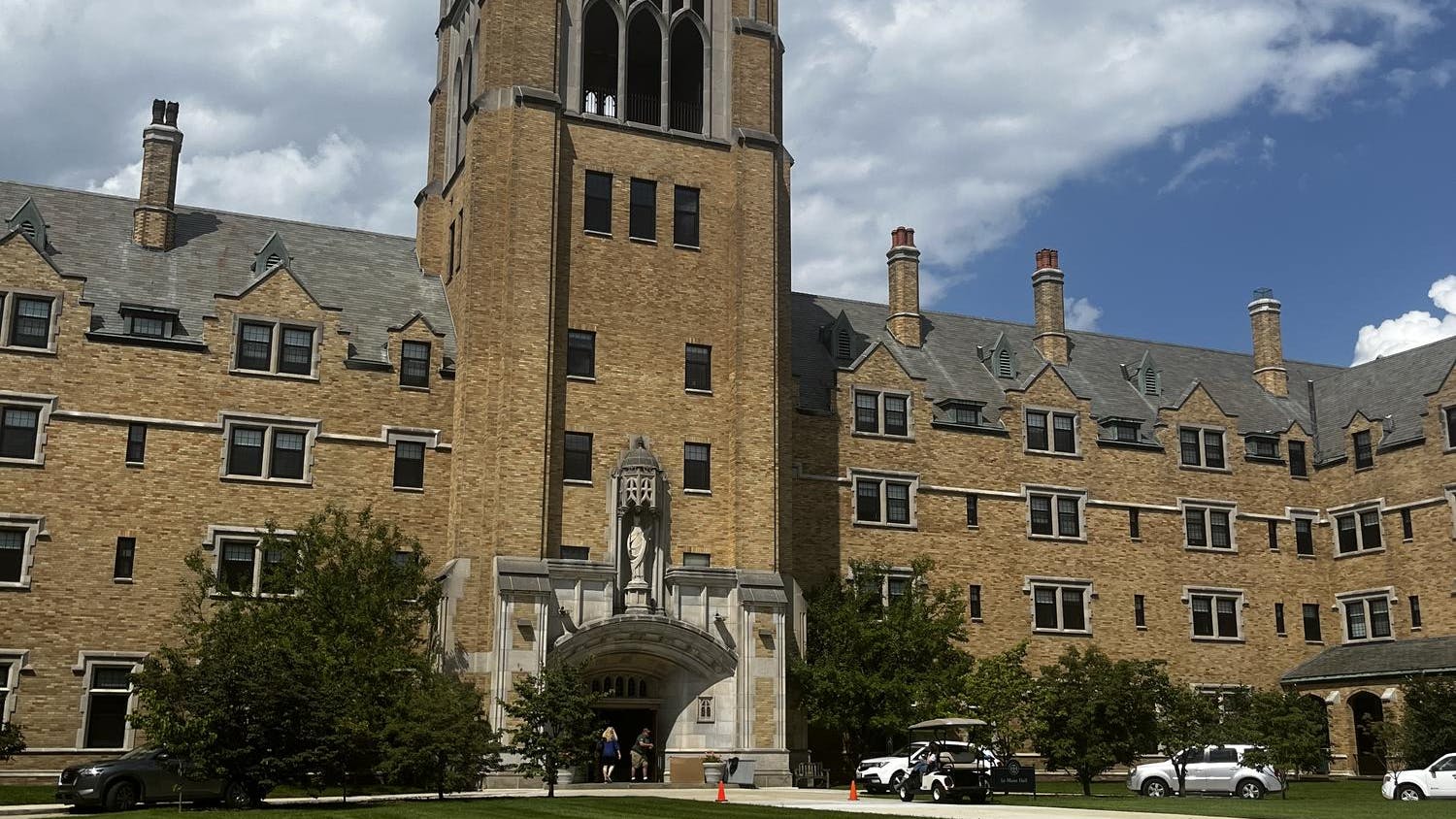A research team of nuclear physicists headed by Notre Dame faculty members is looking to the cosmos for the answers to questions about the origins of Earth's most influential elements.
The team, comprised of researchers from several American universities, was awarded a one-year, $1.6 million grant from the National Science Foundation to develop the first U.S.-based underground accelerator laboratory, enabling them to progress towards a more complete understanding of the formation of the elements.

Physics professor and principal investigator Michael Wiescher said the grant money will be used to fund testing of underground sites that could serve as locations for the Dual Ion Accelerator for Nuclear Astrophysics (DIANA). The key site in question is the Sanford Underground Research Facility in South Dakota, Wiescher said.
"The grant basically covers the first test experiments going on right now, like the engineering studies that will allow us to stabilize the abandoned underground mines," Wiescher said. "We also have graduate students who are measuring underground radiation and determining how feasible the site is for our purposes."
Wiescher said the goal of his nuclear astrophysics research is to understand the origin of the Earth's elements and their formation process. The answers to these questions can help scientists discover what happens in the center of our sun, he said.
"Nuclear astrophysics is mainly concerned with the origin of all the elements in the universe at the time the universe formed, about 30 billion years ago with the Big Bang," Wiescher said.
"The heavier elements, like uranium, gold and silver, are formed through the nuclear fusion processes that made in stars or supernova explosions," he said. "[These explosions] need to be explored in more detail so we can determine how strong and how fast these reactions occur."
The great distance between Earth and the stars observed from Earth means the measurable energy from these nuclear reactions is minimal, Wiescher said, so the laboratory must be located underground in order to maintain the integrity of the reaction result.

"Because these reactions are so weak, we need to go deep underground to be free of the cosmic radiation from the sun that alters our measurements," he said.
Wiescher said he hopes his team's research will facilitate a more comprehensive understanding of the formation of the Earth, from the visible components to the more abstract.
"All of the elements in your body have been made in stars, so you are the product of several star generations," Wiescher said. "All stars are powered by nuclear fusion reactions that create elements. The light you see when you look at the stars is released from these nuclear fusion reactions."












